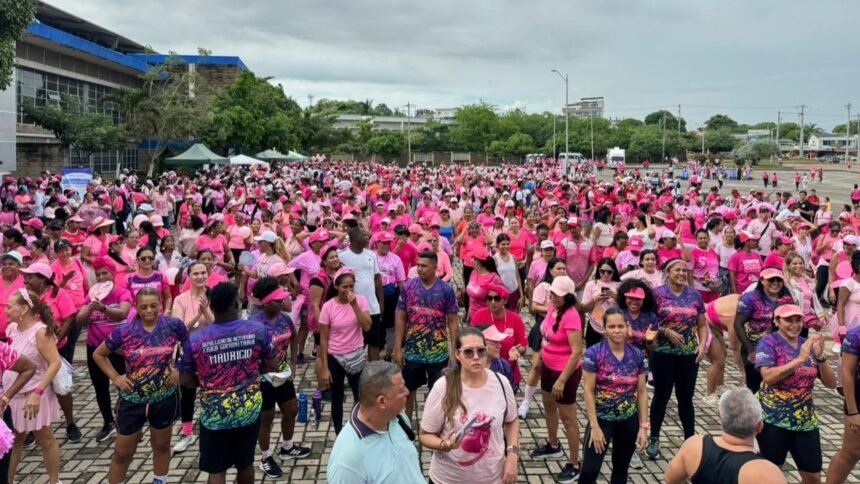Cartagena realizará este domingo 26 de octubre la Caminata 5K del Mes Rosa, una actividad que busca promover el autocuidado y la detección temprana del cáncer de mama. El punto de encuentro será el Centro Comercial San Fernando a las 5:30 a. m., y el recorrido finalizará en el Coliseo de Combate, en la unidad deportiva de la Avenida Pedro de Heredia.
El director del Departamento Administrativo Distrital de Salud (Dadis), Rafael Navarro España, invitó a los ciudadanos a sumarse a esta jornada que, según dijo, promueve hábitos como “la realización de chequeos periódicos según la edad, alimentación saludable, abandonar el consumo de tabaco y alcohol, además de promover actividad física permanente”.
Durante el evento se desarrollará una feria de salud con servicios de promoción y diagnóstico temprano de cáncer de mama. La actividad cerrará con la formación de un gran lazo humano, símbolo del trabajo conjunto entre instituciones del sector salud y la ciudadanía.
De acuerdo con el Dadis, en lo corrido de 2025 se han registrado 510 casos de mujeres diagnosticadas con cáncer de mama en el Distrito de Cartagena. La Alcaldía local afirmó que este tipo de estrategias hacen parte de los ejercicios de movilización social impulsados por el gobierno de Dumek Turbay Paz, en articulación con entidades como el Dadis, IDER, EPS, IPS, fundaciones, academia y sociedad civil.








